Articles > Geography
Trying the top The Largest Cities In North Dakota cities on US State Largest Cities – Choose State & Number? Here are the top 10 to get you started.
1. Fargo, ND (Population: 133,188)
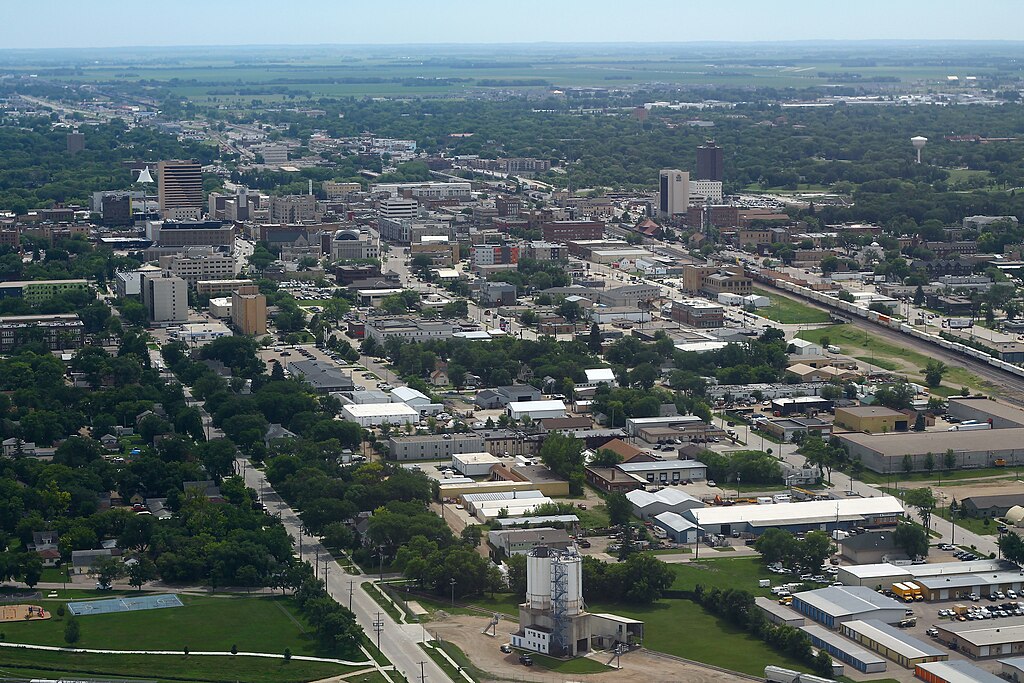
Fargo is North Dakota’s largest city and serves as a cultural, economic, and educational hub for the state. Known for its pioneering spirit, Fargo has grown into a modern city with a strong emphasis on healthcare, technology, and higher education, anchored by North Dakota State University. The downtown area has seen major revitalization, with theaters, breweries, and local shops making it a vibrant gathering place. Fargo’s cold winters and snowy landscapes are balanced by a thriving summer festival season, including the Fargo Street Fair and concerts at outdoor venues. The city blends Midwestern hospitality with modern amenities, making it a welcoming community for newcomers and long-time residents alike.
Interesting Fact: Fargo gained worldwide recognition from the 1996 Coen Brothers film *Fargo*, though most of the movie was actually filmed in Minnesota.
2. Bismarck, ND (Population: 75,092)
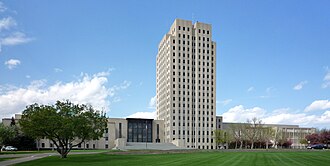
Bismarck, the capital of North Dakota, sits on the eastern banks of the Missouri River and serves as the state’s center of government and commerce. The North Dakota State Capitol, with its distinctive Art Deco tower, dominates the city skyline. Beyond politics, Bismarck is an important regional hub for healthcare, energy, and retail. Outdoor enthusiasts are drawn to its riverfront parks, walking trails, and access to fishing and boating along the Missouri. The Dakota Zoo and State Museum provide family-friendly attractions, while the city’s growing culinary and craft beer scene adds to its appeal. Bismarck combines small-city charm with the important functions of a capital city, making it both livable and influential.
Interesting Fact: Bismarck was originally named “Edwinton” in honor of a railroad executive before being renamed to attract German investors, after Otto von Bismarck.
3. Grand Forks, ND (Population: 58,921)
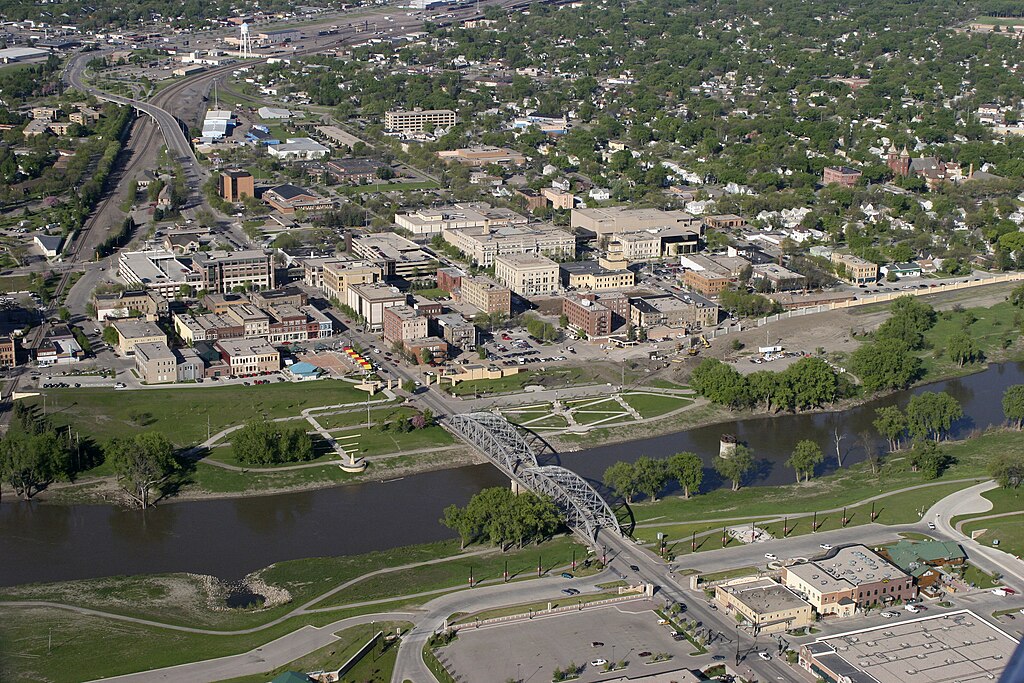
Grand Forks lies along the Red River, directly across from East Grand Forks, Minnesota, and is known for its resilience. In 1997, a devastating flood and fire nearly destroyed the city’s downtown, but it has since rebuilt into a thriving community. The University of North Dakota is a major presence, fueling the city’s identity with research, athletics, and cultural events. Grand Forks also has a strong aerospace and defense sector, as well as agricultural industries. Its Greenway system, a large recreational area along the river, provides trails, golf, and parks for outdoor enjoyment. The city’s recovery and growth stand as a testament to community strength.
Interesting Fact: The Ralph Engelstad Arena, home to UND hockey, is often called the “Taj Mahal of hockey” for its luxury design and fan experience.
4. Minot, ND (Population: 47,373)
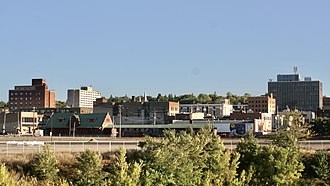
Minot, nicknamed the “Magic City” for its rapid growth in the early 20th century, is located in north-central North Dakota. The city has a strong military presence due to Minot Air Force Base, a key part of the nation’s strategic defense. Minot also embraces its cultural side, hosting the annual Norsk Høstfest, the largest Scandinavian festival in North America, which celebrates the region’s strong Norwegian heritage. The city’s economy is supported by energy, agriculture, and retail, and its parks and zoo make it a family-friendly place to live. Despite harsh winters, Minot thrives as a welcoming and dynamic community with strong ties to tradition and service.
Interesting Fact: Minot is home to one of the only complete Scandinavian heritage parks in the U.S., with replicas of iconic Nordic landmarks.
5. West Fargo, ND (Population: 40,400)
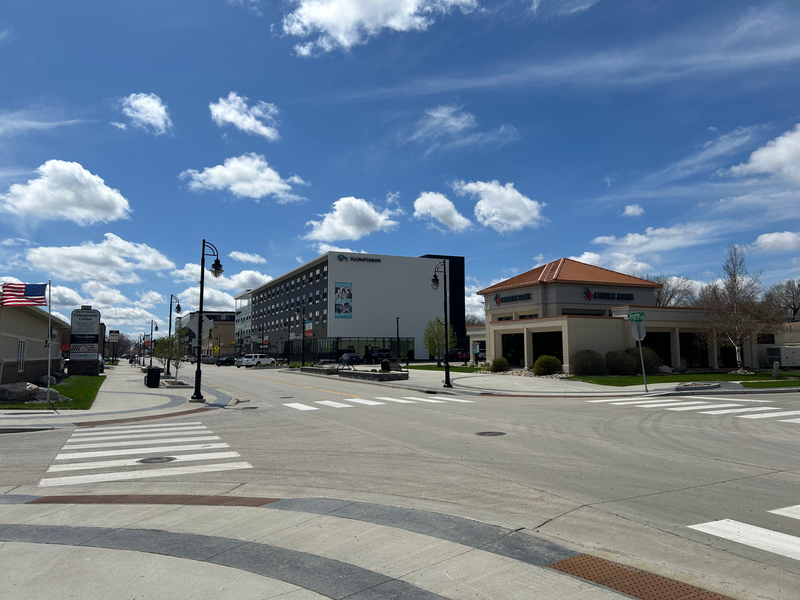
West Fargo, located just west of Fargo, has become one of North Dakota’s fastest-growing cities. Known for its family-friendly atmosphere and excellent schools, it offers suburban living with quick access to the amenities of the Fargo-Moorhead metro area. Community events such as West Fest and the Red River Valley Fair highlight its small-town charm, while new housing developments and businesses reflect its rapid expansion. Parks, recreation centers, and sports facilities give residents plenty of options for outdoor and community engagement. With its growth and reputation for quality of life, West Fargo has established itself as more than a suburb—it is a thriving city in its own right.
Interesting Fact: West Fargo’s Red River Valley Fairgrounds hosts one of the largest fairs in the Upper Midwest every summer.
6. Williston, ND (Population: 27,706)
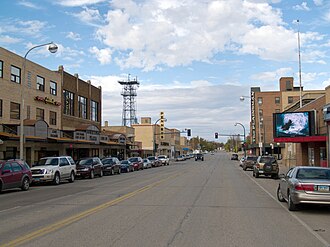
Williston is located in the heart of the Bakken oil region, which transformed the city into one of the fastest-growing areas in the country during the oil boom of the 2010s. Once a quiet agricultural town, Williston saw rapid growth in population, infrastructure, and industry, driven largely by energy development. The city continues to balance its agricultural heritage with its role in the energy sector. Recreational opportunities abound, from nearby Lake Sakakawea to Theodore Roosevelt National Park. Williston’s growth has brought both opportunities and challenges, but it remains a crucial economic driver for North Dakota.
Interesting Fact: Williston is home to the Lewis & Clark State Park, located on Lake Sakakawea, honoring the explorers who camped in the area.
7. Dickinson, ND (Population: 25,130)
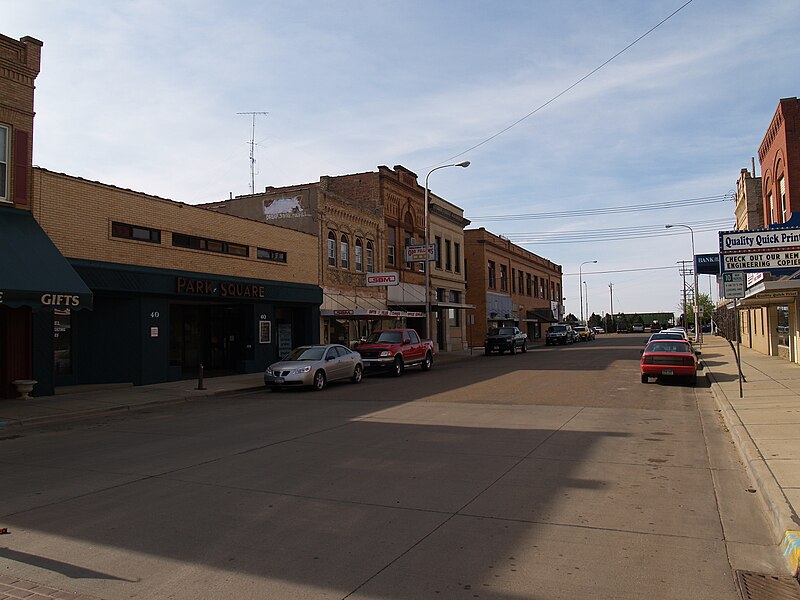
Dickinson is a gateway to the rugged Badlands of western North Dakota and an important regional center for energy and agriculture. The city is home to Dickinson State University, which contributes to the cultural and educational environment of the area. Dickinson has experienced significant growth thanks to oil development in the Bakken, but it retains a welcoming small-town feel. Its revitalized downtown, community events, and access to outdoor activities make it appealing to both residents and visitors. The Dickinson Dinosaur Museum adds a unique educational attraction, highlighting the region’s prehistoric past.
Interesting Fact: Dickinson is just a short drive from Theodore Roosevelt National Park, which preserves the landscapes that inspired Roosevelt’s conservation vision.
8. Mandan, ND (Population: 24,586)
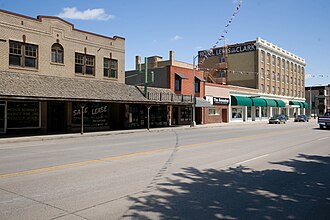
Mandan sits across the Missouri River from Bismarck and shares close ties with the state capital while maintaining its own unique identity. Historically, Mandan was a hub for the Mandan people and later became important in rail and trade development. Today, Mandan is known for its strong sense of community, with annual celebrations like the Fourth of July Rodeo Days and Buggies-N-Blues Festival. The city offers a mix of history, recreation, and modern growth, with access to riverfront parks and nearby state parks. Mandan combines heritage with a family-friendly atmosphere, making it an attractive place to live.
Interesting Fact: Mandan’s heritage includes being part of the Lewis and Clark Expedition route, with historical markers commemorating their journey.
9. Jamestown, ND (Population: 15,691)
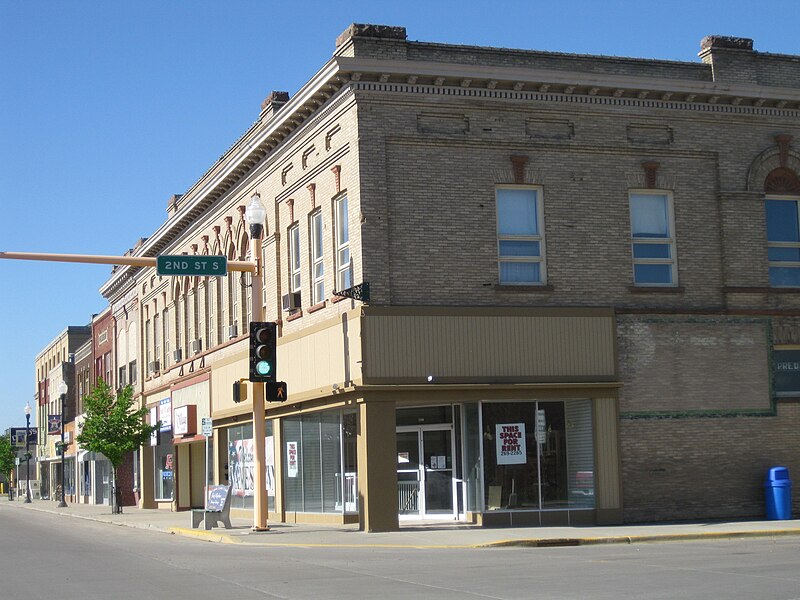
Jamestown is often called the “Pride of the Prairie,” blending historic charm with modern amenities. Located between Fargo and Bismarck, it is famous for the National Buffalo Museum and the world’s largest buffalo statue, a landmark along Interstate 94. Jamestown College and the city’s strong education system contribute to its community focus. Outdoor recreation is plentiful, with nearby Jamestown Reservoir providing fishing, boating, and trails. The city’s history is tied to the railroad, which helped it develop into a regional trade center. Jamestown balances its prairie traditions with growth as a modern, livable community.
Interesting Fact: Jamestown’s Frontier Village features historic buildings and is home to a live buffalo herd, including rare white bison.
10. Wahpeton, ND (Population: 8,000)
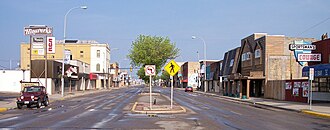
Wahpeton, located on the border with Minnesota along the Red River, is a small city with a strong agricultural and educational presence. North Dakota State College of Science, one of the oldest two-year colleges in the country, is based here and shapes the city’s identity. Wahpeton is also known for the Chahinkapa Zoo, a regional attraction that draws families from across the state. Its downtown features locally owned shops and restaurants, and the community maintains a close-knit, welcoming atmosphere. Surrounded by farmland, Wahpeton plays an important role in the state’s agricultural economy while offering residents a high quality of life.
Interesting Fact: Wahpeton was once the site of the historic Dakota Territory’s first railroad terminus, making it a key trade center in the 19th century.




